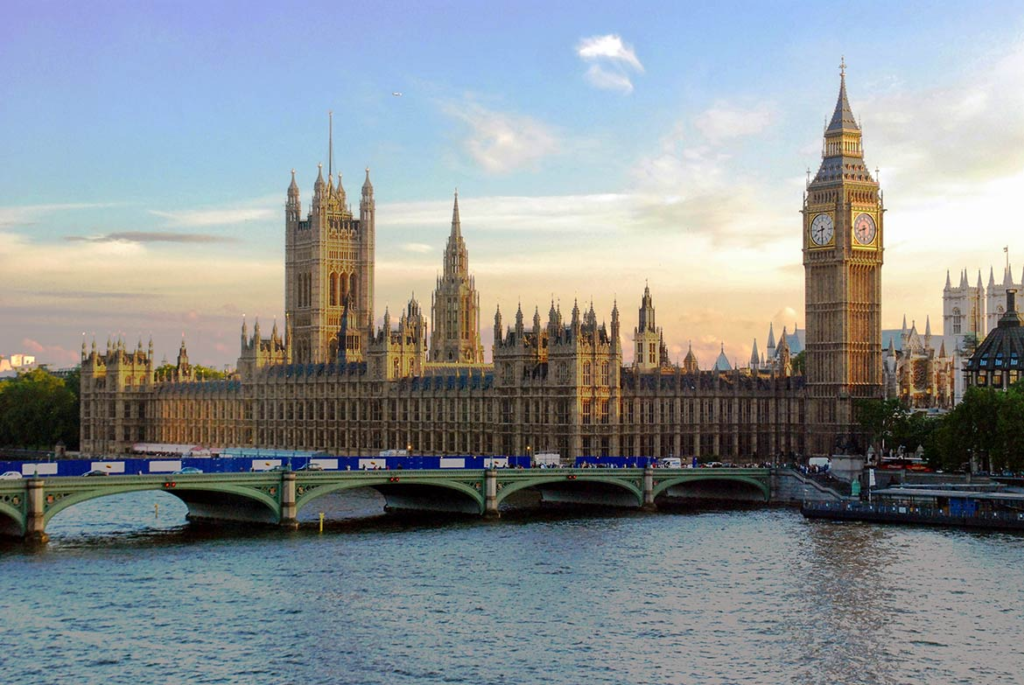
Today, there are less than 45 monarchies remaining in the world and most of the ruling monarchs have no real power over their countries. Only a handful of countries are still absolute monarchies where the King or Queen has full authority over the entire nation.

When referring to a country, the word monarchy describes a system of governance. In a monarchy, a country is ruled by a monarch who is the head of state and sole decision-maker over a country’s affairs. Monarchs are appointed by a hereditary bloodline and not through an election. As would be the case in an elective democracy. Monarchies are the oldest form of government, with the earliest evidence showing they existed during Ancient Egypt in 3100 BCE.
Here monarchs were called pharaohs throughout history. They have gone by various names like Khan, tsar, sultan, king, and queen. There are many different forms of monarchy, but in a true, absolute one, the monarch holds ultimate power.
Constitutional Monarchy
The monarch divides power with a constitutionally founded government. In this situation, the monarch, while having ceremonial duties and certain responsibilities, does not have any political power. For example, the UK’s monarch must sign all laws to make them official. But has no power to change or reject new laws.
Absolute Monarchy
The monarch has full and absolute political power. They can amend, reject, or create laws, represent the country’s interests abroad, appoint political leaders, and so on.
Federal Monarchy
The monarch serves as an overall figurehead of the federation of states. Which have their governments, or even monarchies, ruling them.
Mixed Monarchy
This is a situation wherein an absolute monarch may divide powers in distinct ways specific to the country.
Here is the list of the top 5 monarchies that can still change the face of the world with their power and word.
Saudi Arabia:
Saudi Arabia is an absolute monarchy, which makes Abdullah bin Abdul Aziz the king and prime minister. His deputies, Salman and Muqrin, are also from the ruling House of Saud. And the king-appointed cabinet includes more members of the royal family. While the monarchy is hereditary now, future Saudi kings will be chosen by a committee of Saudi princes, per a 2006 decree. (There are plenty of them: according to some estimates, the ruling family includes as many as 30,000 people.)

Liechtenstein:
n a rare move among Western European countries, Liechtenstein actually voted to increase the powers of Prince Hans Adam II in the early aughts. The prince can veto any legislation and dissolve the parliament at will, among other powers. Technically, these official duties have been transferred to his son, Prince Alois, but Hans Adam remains chief of state.

Netherlands – Constitutional Monarchies
The House of Orange-Nassau, a provincial ruling family in France and Germany, has played a key role in the history of the Netherlands for centuries. They have provided monarchs for the country since 1815 after the constitution was drawn up and included a monarch with limited powers.

Oman – Absolute Monarchy
Oman is perhaps the most traditional form of monarchy left in the world. It is one of the most absolute monarchies in existence with the Sultan maintaining control over all areas of the country, including the judiciary system. The current Sultan is part of the Busaid family who has ruled Oman since the mid-18th century. The first Sultan came to power in 1749 but before that, a series of Imams ruled from 751 AD.

United Kingdom – Constitutional Monarchy
The British Monarchy is perhaps the most famous and well-known monarchy in the history of the world. King Athelstan became the first monarch to rule over the unified territory that most closely resembles modern-day England in 924 AD. Following that moment, the monarchy began a tumultuous journey that saw various revolutions, civil wars, foreign pretenders, and crises over the span of 1000 years.
In 1215, the Magna Carta was signed which limited the powers of the British monarch. Effectively reducing Britain from an absolute monarchy to a constitutional one. Over the centuries, this power has been gradually watered down by interventions from parliament. Until the UK ended up with the monarchy seen today. All of the monarch’s powers are ceremonial with policies made and enacted by parliament.

